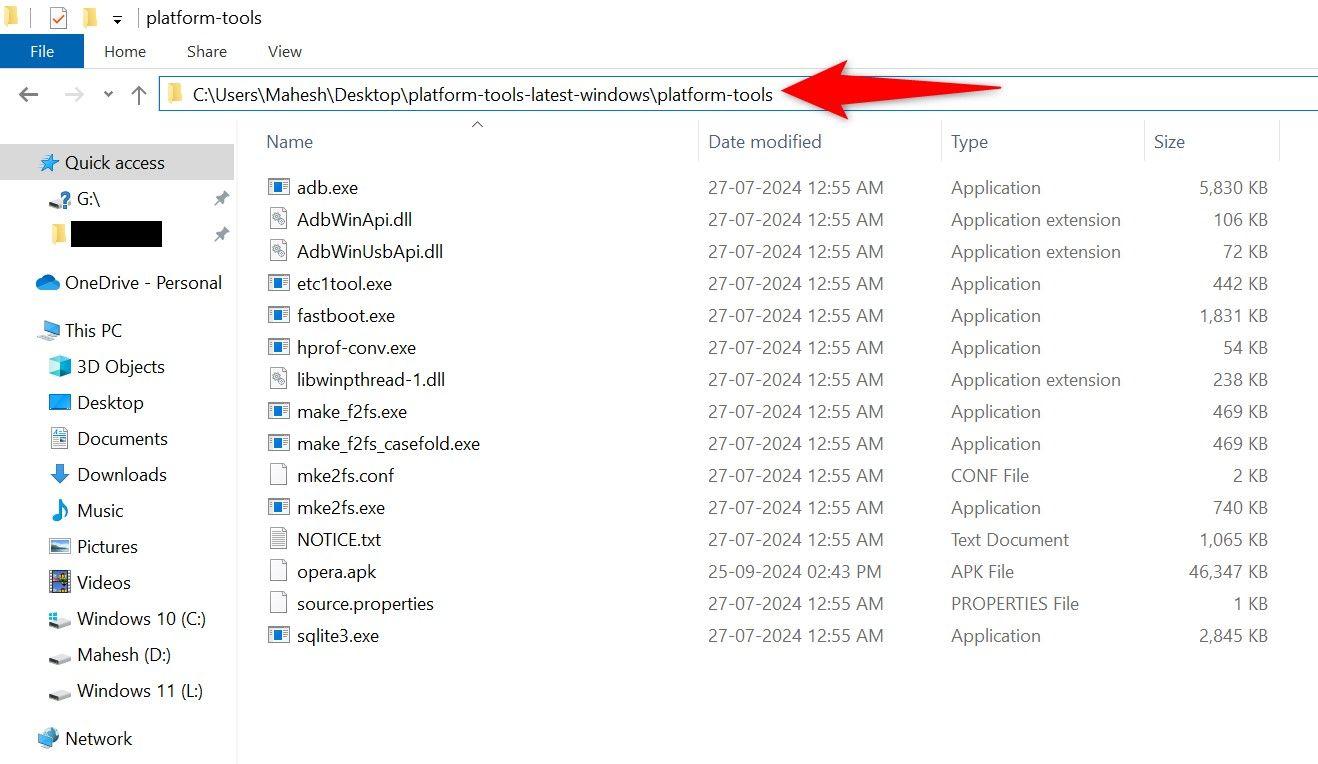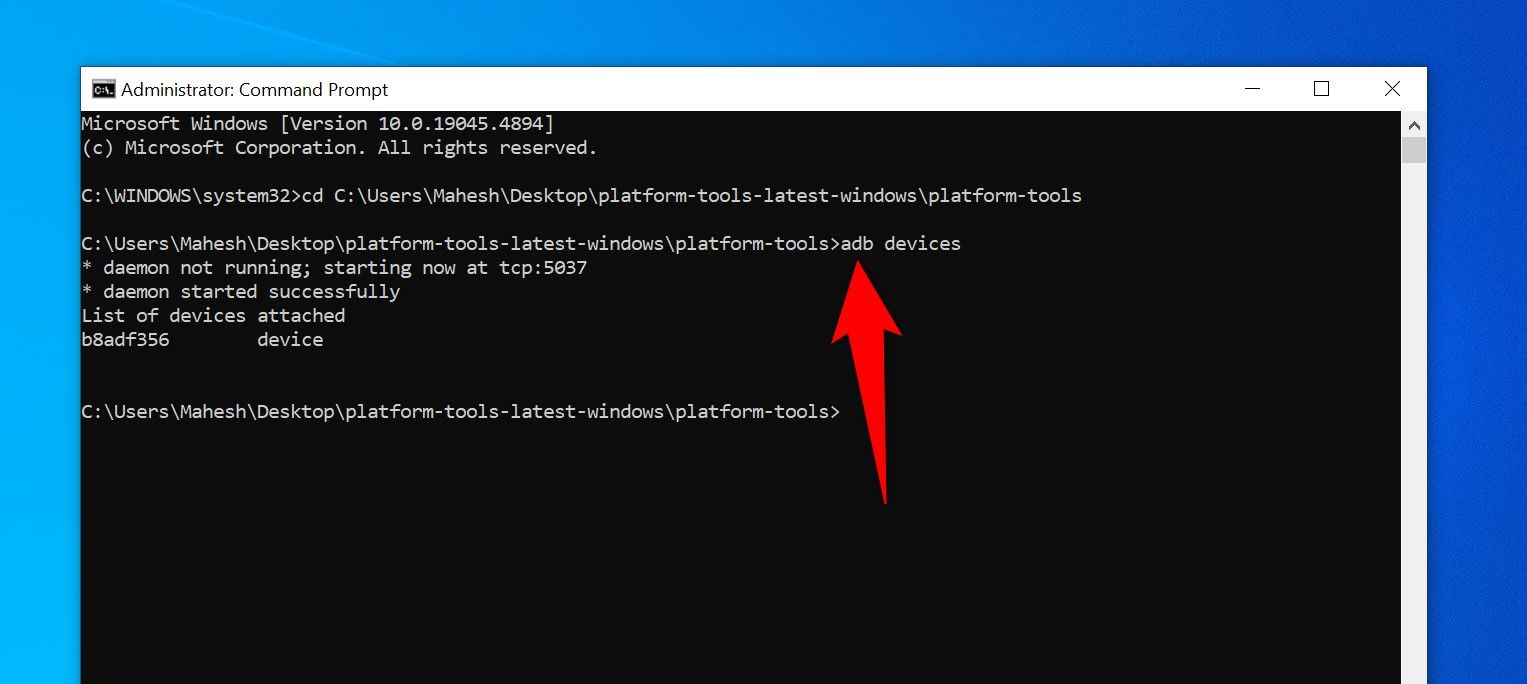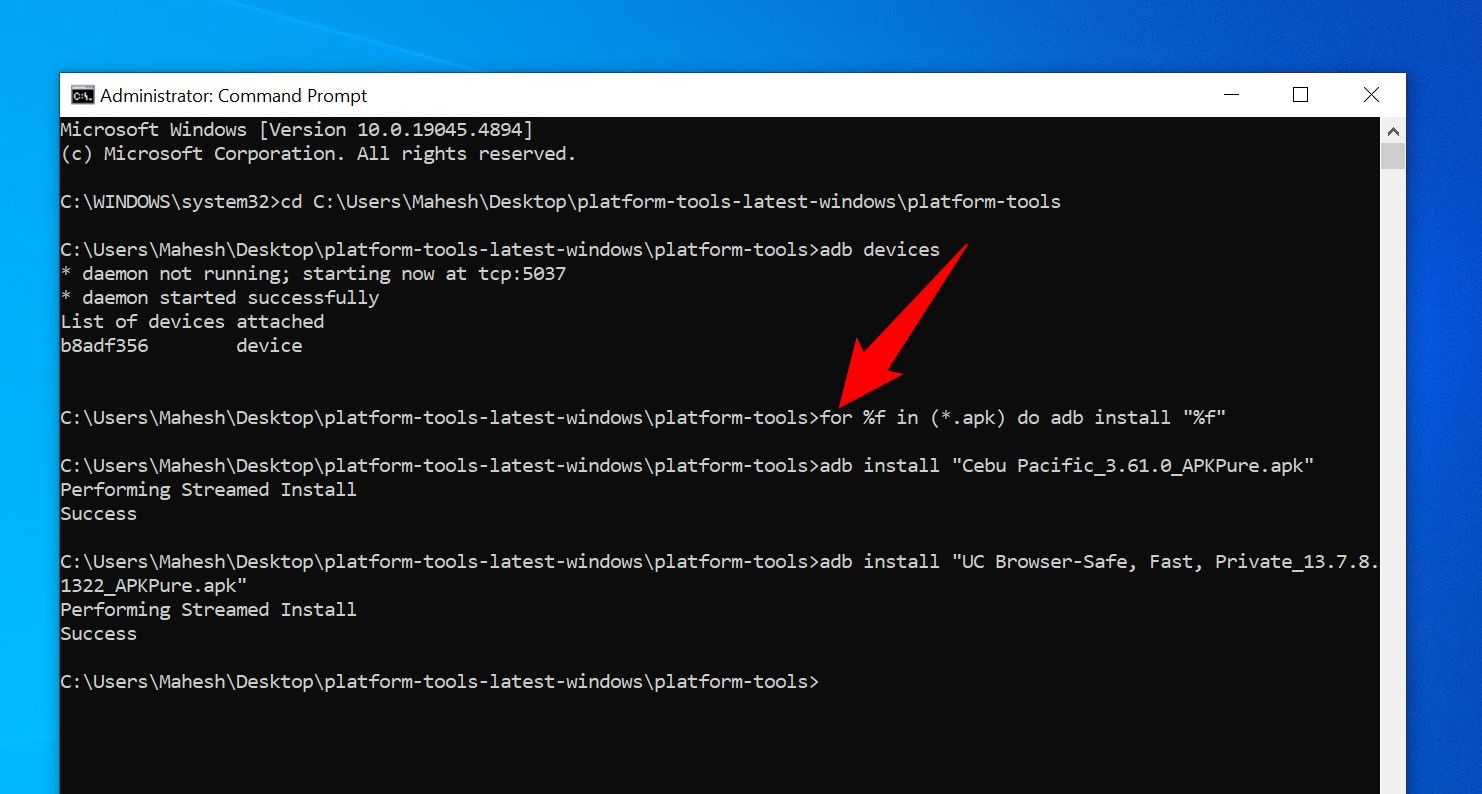Do you have multiple apps to install on your Android phone? If so, there are various ways to install all those apps at once—no more tapping “install” on each app individually. I’ll show you how to do that so you don’t waste time installing apps one by one.
Using Google Play Store
As of October 2024, the Google Play Store allows you to install two apps at once on your Android device. This means you don’t have to wait until the first app finishes installing to install another app. You have to be using Play Store’s version 40.6.31 or newer to use this feature.
To check or update your Play Store version, launch the Play Store app on your phone. In the app’s top-right corner, tap your profile picture and choose “Settings.”
On the Settings page, tap “About” to expand the menu. From the Play Store Version section, choose “Update Play Store.”
If an update is available, install it. If no updates are available, tap “Got It” to close the message box.
To now install two apps simultaneously, find the first app and tap the “Install” button for it. Then, find the second app and tap “Install” for it. Play Store will begin downloading and installing both apps at once.
If you tap a third app to install, it will remain “Pending” until the first app is installed.
With a File Manager App
There are file manager apps you can use to bulk install Android apps via APK files on your Android phone. You simply fire up one of these file managers, select all the apps to be installed, and the file manager installs those apps for you.
This method still installs one app at a time, but you don’t have to select your app files (APKs) individually, as you can select them all at once before beginning the installation process. Also, ensure you’ve downloaded and saved the APKs you want to install on your phone.
RS File Manager is one such app that allows you to bulk install APK files. To use it, launch Play Store on your phone, type RS File Manager, select the app, and choose “Install.”
Open the newly installed RS File Manager app. In the app’s top-left corner, tap the hamburger menu (three horizontal lines), expand “Storage,” and choose “Internal Storage.” This lets you view your phone’s files.
Open the folder containing the APK files to install. Tap and hold on to the first app to install. Once that app is highlighted, tap any other apps to select them for installation. When your apps are highlighted, in the file manager’s bottom-right corner, tap “More” and choose “Install.”
In the open prompt, select “Install” and wait for the app to finish installing. Keep tapping “Install” for all the selected apps to install them on your phone. All your installed apps are now available to use.
Using Android Debug Bridge (ADB)
Android Debug Bridge (ADB) is a tool you can use on your computer to send commands to your Android phone. You can use a command in this tool to install multiple apps at once on your device.
Step 1. Enable USB Debugging on Android
You’ll have to enable the USB debugging option on your Android device to make the device work with ADB. To do that, on your phone, head into Settings > About Device > Version and tap “Build Number” seven times. This will unlock a menu called Developer Options.
Head into Settings > System Settings > Developer Options and turn on “USB Debugging.”
You’re done.
Step 2. Set Up ADB on Your Computer
Launch your favorite web browser and access Google’s Platform Tools site. From here, download the package for your operating system. I’ll download the Windows version as I’m using a Windows PC.
Extract the downloaded file and open the “platform-tools” folder. You’ll find a file called adb.exe here. Click the folder path bar in File Explorer and copy the current folder’s full path. Now, connect your phone to your computer using a USB cable. If prompted, select “Allow” for USB debugging on your phone.
Launch Windows Search, type Command Prompt, and select “Run as Administrator.” In the User Account Control prompt, choose “Yes.”
On the Command Prompt window, type the following command replacing PATH with the ADB folder path you copied. Then, press Enter. This command makes the ADB folder the current working directory in CMD.
cd PATH
Next, type the following command and press Enter. This command checks if ADB recognizes your connected Android phone.
adb devices
If your phone appears in the device list, go to the third step below. If your phone isn’t listed in the list, your PC lacks ADB drivers. In this case, head to the universal ADB driver site, download the drivers, install the drivers on your PC, and restart your Windows 11 or Windows 10 PC.
Step 3. Bulk Install Android Apps
Copy the Android app files (APKs) you have downloaded to the ADB folder. Then, in the open Command Prompt window, type the following command and press Enter:
for %f in (*.apk) do adb install "%f"
This command installs each APK file in the ADB folder on your Android device. When the process has finished, you’ll find all your apps installed on your phone.
That’s how you bypass installing one app at a time and go straight to installing several apps at once on your Android phone. Enjoy the time you saved using your newly discovered applications!







